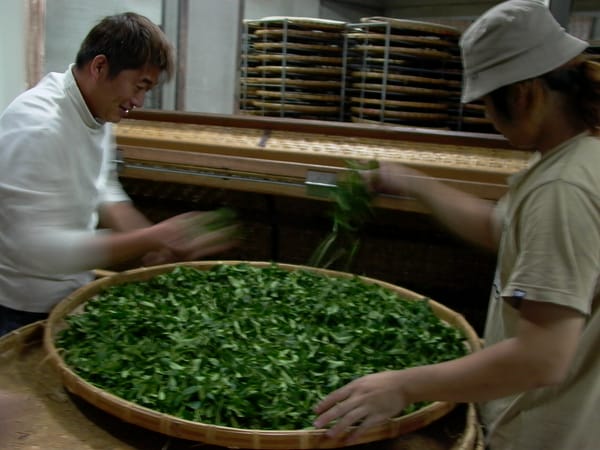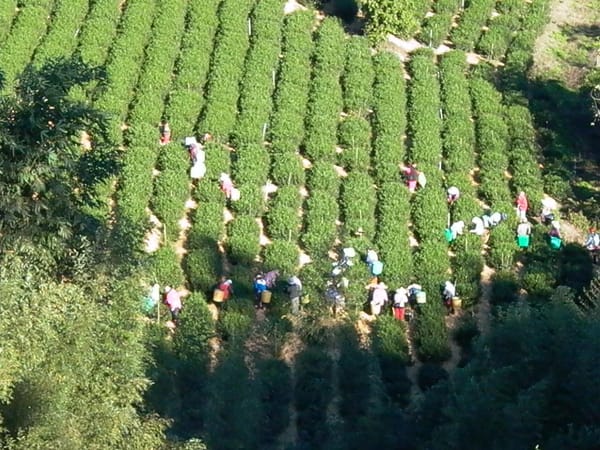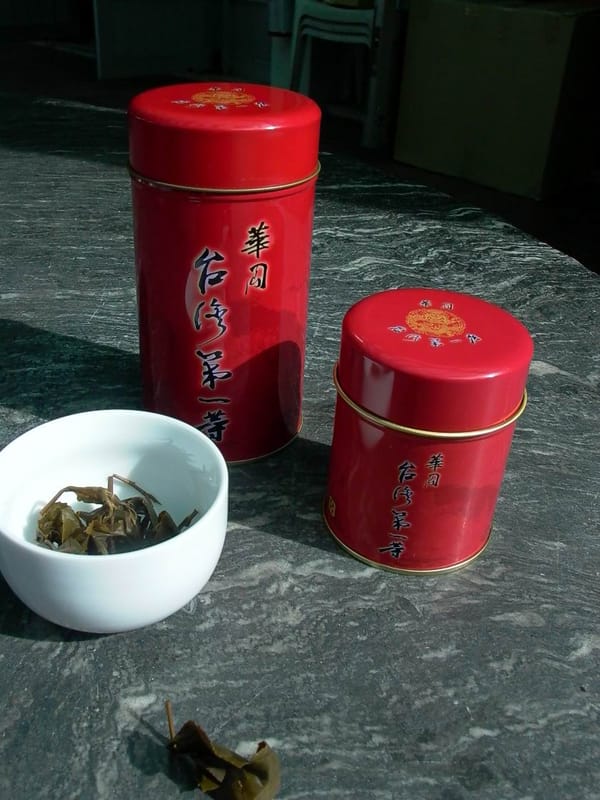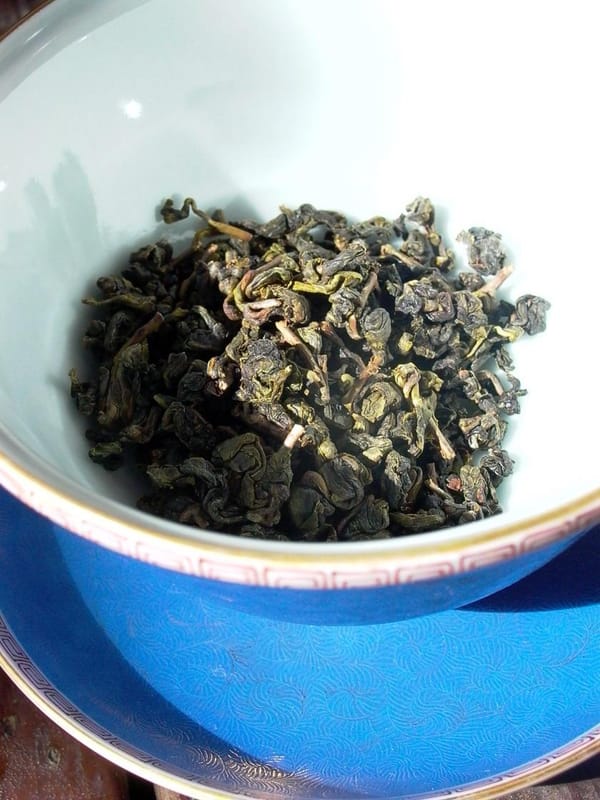In the early morning of September 21, 1999, a magnitude 7.3 earthquake shook central Taiwan. It was not only the most severe natural disaster in Taiwan in nearly a century but also a critical turning point in the island’s tea industry. When the ground finally stopped shaking, tea farmers discovered something unexpected — the quake had not only destroyed the stone retaining walls of tea gardens but had also altered the soil structure in ways that deeply affected tea quality, inadvertently triggering major changes in Taiwan’s oolong tea production system.
The devastating 921 Chi-Chi Earthquake struck right through Taiwan’s central and southern premium tea-producing towns. According to preliminary government estimates, about 2,500 hectares of tea gardens were affected, with a damage rate of 17%. Among the worst hit were Nantou County’s Lugu Township and Zhushan Township, Yunlin County’s Gukeng Township, and Chiayi County’s Meishan Township — the heartlands of Taiwan’s specialty teas.
In this article, we record the disaster’s impact across different tea regions, examine how soil structure changes affected tea quality, and explore how this natural disaster unexpectedly propelled Taiwan’s tea industry toward transformation and upgrading.
Nantou Tea Region: Epicenter’s Devastation and Rebirth
As the earthquake’s epicenter, Nantou County’s tea cultivation area spans over 8,000 hectares, and it suffered the heaviest losses. Lugu, home to Dong Ding Oolong Tea, was devastated. Because most Lugu tea gardens are on slopes, early development involved building stone retaining walls to create terrace stages. After decades of weathering, these walls collapsed instantly under the quake’s force.
In Yonglong, Zhangya, and Fenghuang, the damage was especially shocking. Farmhouses and tea-making equipment were destroyed, terraces collapsed, and tea roots were left exposed to die. Over 600 hectares — a significant portion of Lugu’s tea gardens — were damaged.
Interestingly, newly developed tea gardens that used contour planting mostly survived with only cracks unless located directly on fault lines. This observation prompted tea farmers to reconsider development methods and informed reconstruction planning.
Zhushan’s tea areas were also severely hit. Buildings and tea factories were damaged, Pingtou tea gardens collapsed, and even high-altitude tea regions such as Shanlinxi saw garden and road damage, cutting off transportation and complicating relief efforts.
Yunlin & Chiayi Tea Regions: The Spread of Secondary Disasters
Yunlin County’s 500 hectares of tea are mainly in Linnei and Gukeng. Linnei’s Pingtou area saw only minor edge collapses in hillside gardens, while large flat terraces remained stable, showing flatland tea’s resilience in earthquakes.
Gukeng’s Caoling tea region, however, suffered catastrophically. Massive landslides in the mountains created the new Caoling Dam Lake, severely damaging tea gardens, factories, and access roads — with reports of farmer casualties. The Shibi and Zhanghu tea areas also saw extensive garden collapses and road blockages.
In Chiayi, tea-producing townships like Meishan, Fanlu, Zhuqi, and Alishan — though farther from the epicenter — still felt the quake. Meishan’s Ruifeng, Longyan, and Bihu gardens, near Yunlin’s border, were hit by landslide shifts in the Caoling range, causing partial collapses. Overall, Chiayi’s tea losses totaled around 200 hectares, relatively mild compared to Nantou and Yunlin.
Deeper Impacts: Soil Structure Changes
The quake’s most lasting effect on Taiwan’s tea industry wasn’t just physical destruction but fundamental changes to soil structure. Displacement and composition changes altered tea root environments and nutrient absorption, subtly shifting chemical composition. For Taiwan’s oolong teas — prized for their layered flavors — such changes were critical.
Some traditional Dong Ding-flavored gardens had to adjust processing methods post-quake to adapt to new leaf characteristics. These shifts also encouraged broader adoption of lighter oxidation techniques, altering Taiwan’s tea-making landscape.
An Unexpected Industrial Shift
While the 921 Earthquake caused enormous losses, it also acted as a catalyst for industry transformation. Reconstruction spurred reflection on tea garden design and processing methods, infusing new energy into Taiwan’s tea development.
As traditional areas like Lugu suffered, high-altitude regions fared better, boosting market focus on high mountain oolongs. Their light oxidation and fresh aroma suited post-quake tastes, gradually replacing traditional Dong Ding profiles as mainstream.
Reconstruction also modernized tea garden planning, emphasizing soil conservation and disaster prevention. Equipment upgrades accelerated light oxidation adoption, indirectly fueling Taiwanese tea’s rise in cross-strait markets.
Lessons: From Disaster to Opportunity
Tea masters like Zhang Shirong, who preserved Dong Ding’s traditional flavor, demonstrated resilience — rebuilding gardens and maintaining artisanal craft. Though market tastes shifted, their quality retained loyal customers.
The quake underscored the need for diversified production across regions to reduce vulnerability. It also fostered technical innovation and exchange, blending tradition with modern techniques — exemplified by the post-quake boom in high mountain oolongs.
Sustainability in Reconstruction
Even two decades later, the quake’s effects linger. Taiwan’s tea industry evolved from single-style Dong Ding to diversified varieties, from yield focus to quality-driven strategies — all rooted in lessons from 921.
Sustainable tea farming — balancing economy, ecology, and heritage — became a central goal. The 921 Earthquake altered Taiwan tea’s path but proved the sector’s resilience. From ruins emerged not just gardens but a more diverse, competitive industry, carrying both the scars and the wisdom of that day.





